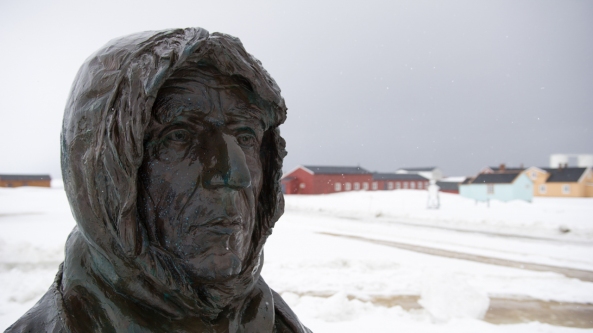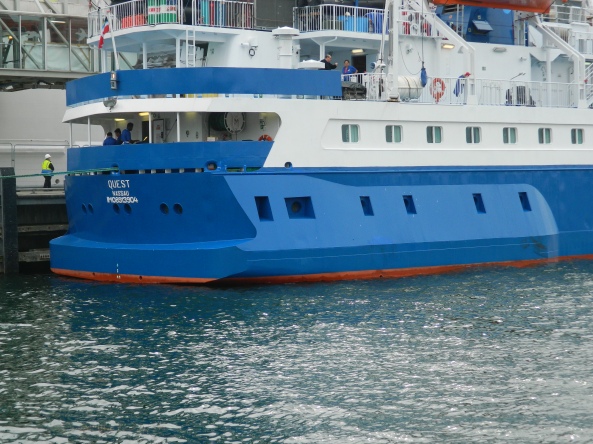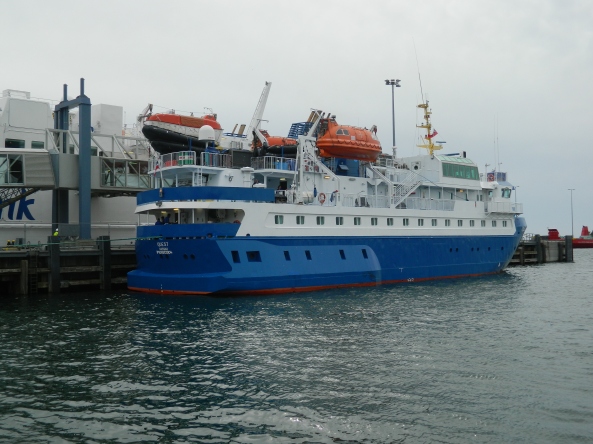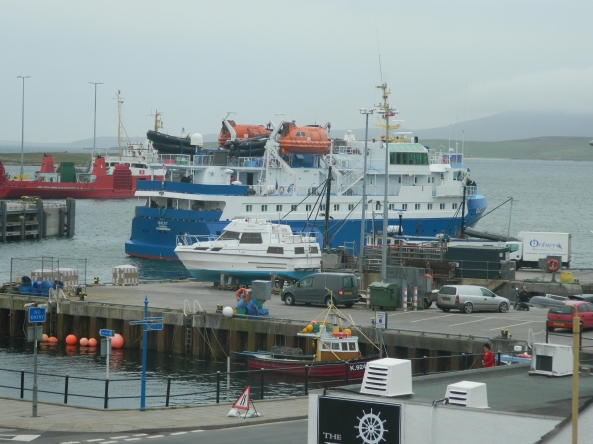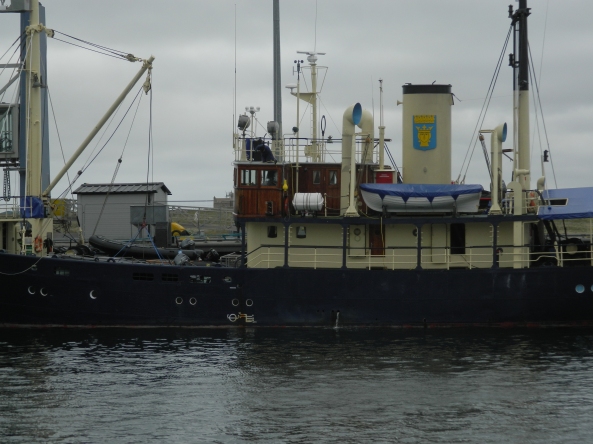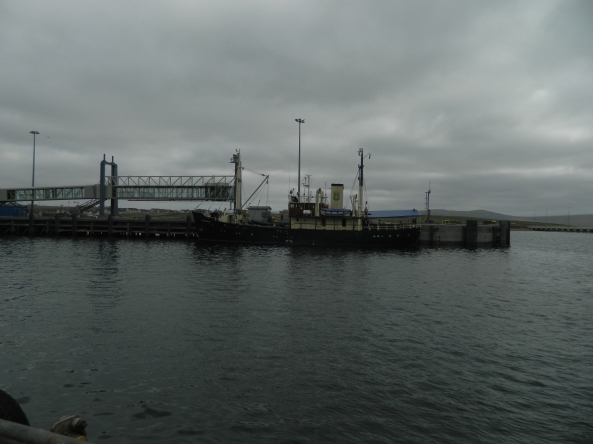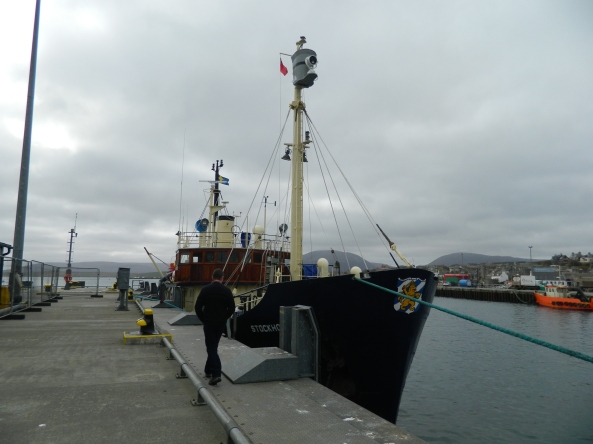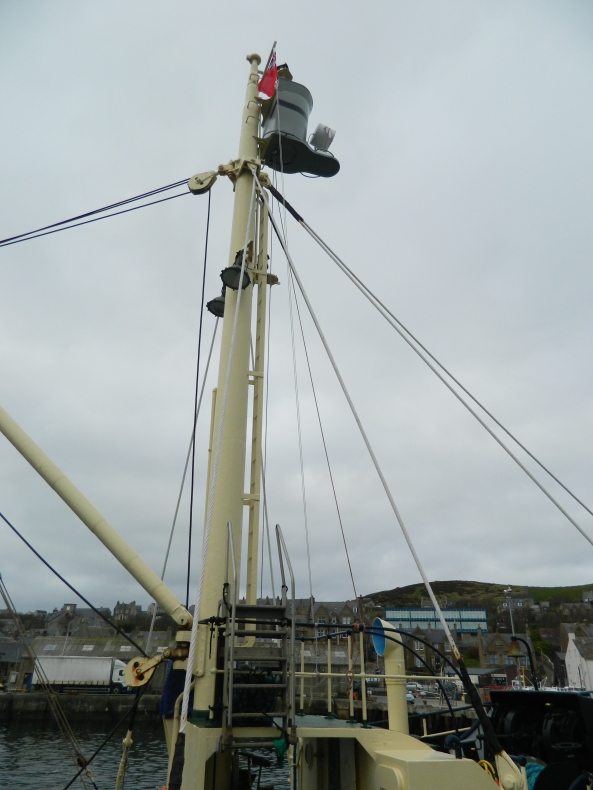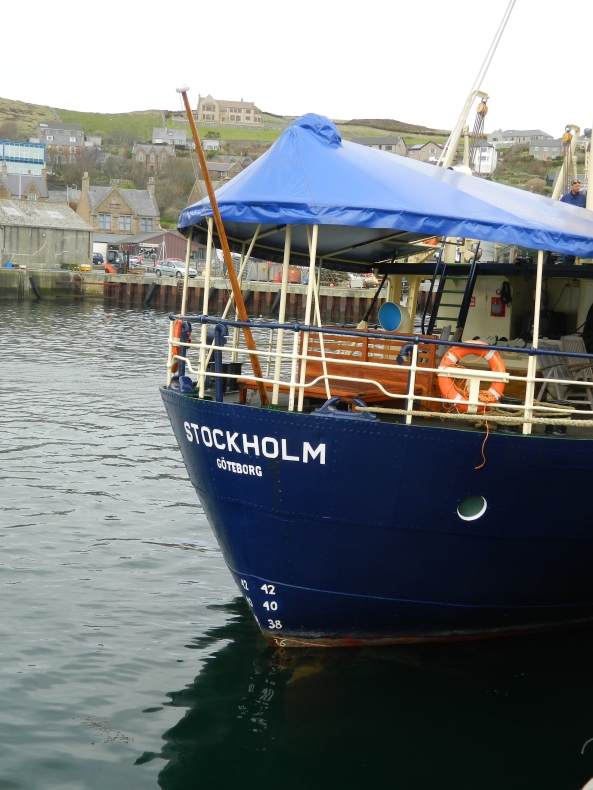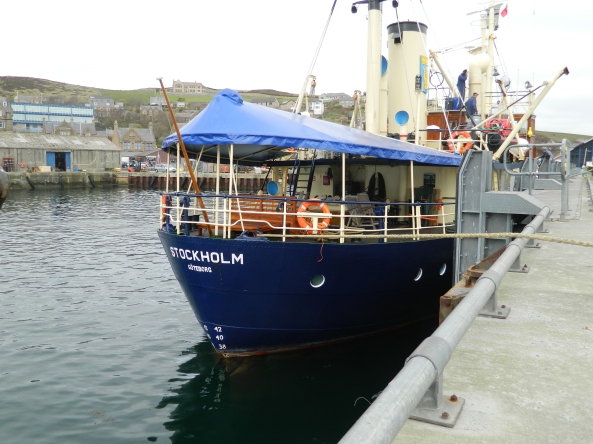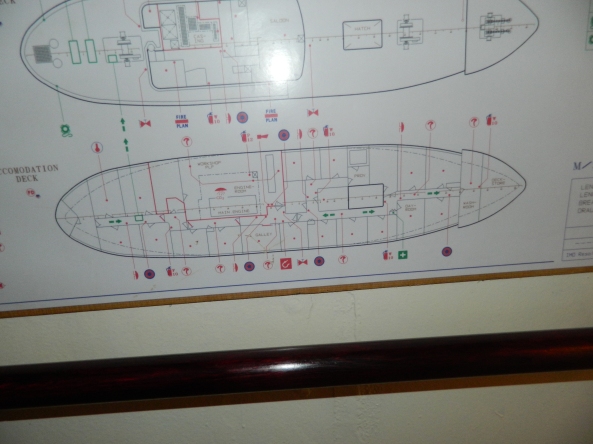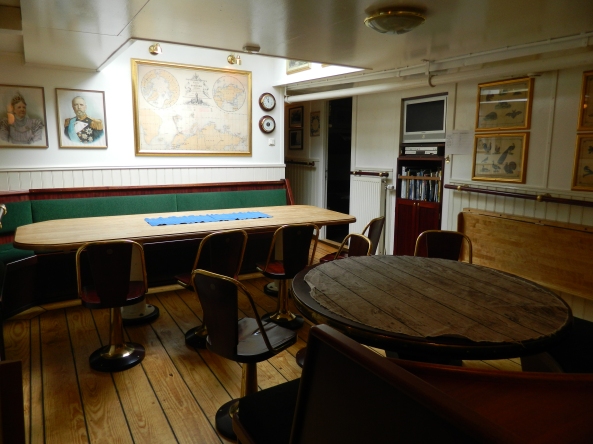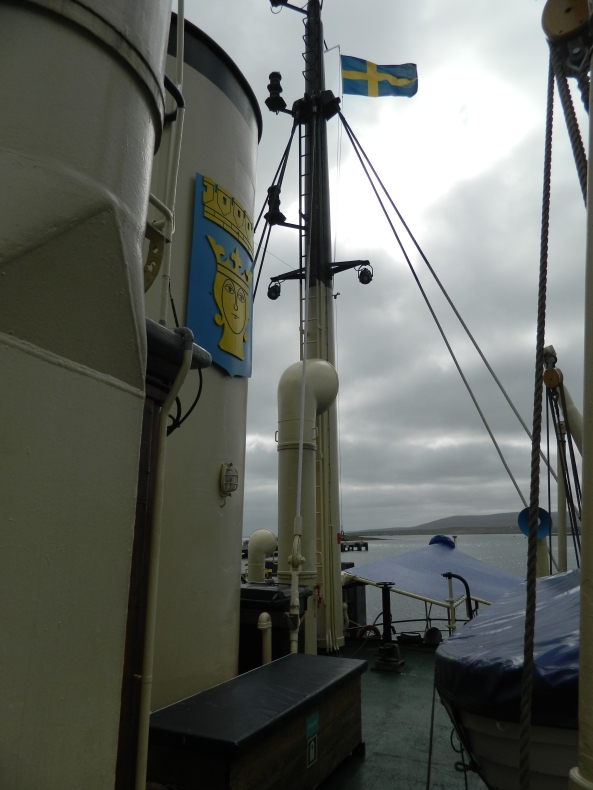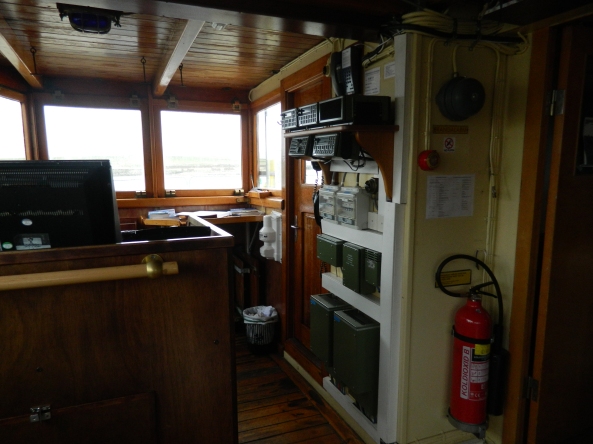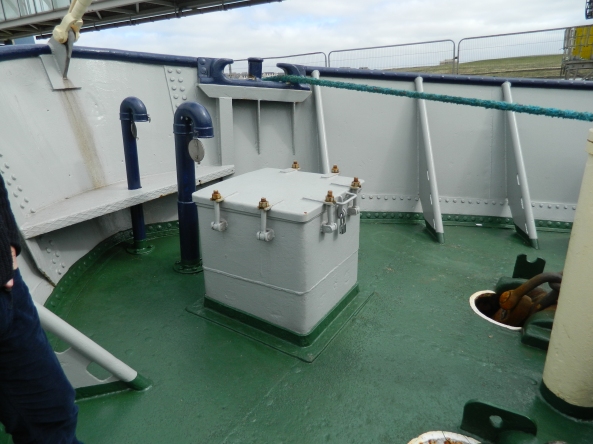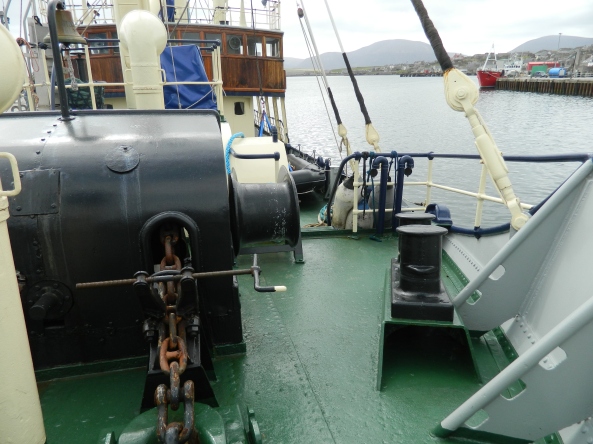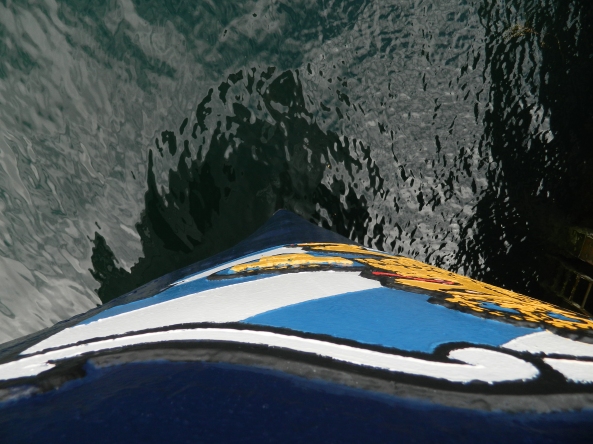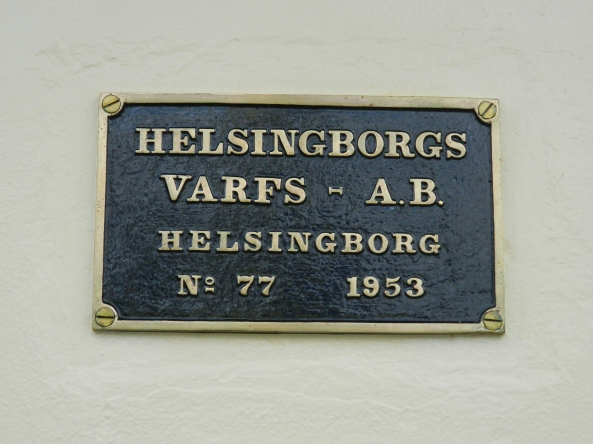Following a few easy guidelines will help ensure you have an enjoyable Arctic Cruise.
- Keep all your documents for the cruise in a single easy to locate place to help avoid misplacing items and to reduce time spent searching for particulars.
- Keep important information and documents on your person, they are not much use in your checked in luggage.
- Keep readily to hand the telephone number of airlines, hotels, and the ship. It is also a good idea to carry check-in times, verification codes, confirmation paperwork, and other important details.
- Make copies of your passport, itinerary, and any important documents and store these separately from the originals in your luggage.
- Leave a copy of all the relevant information with somebody at home in case of emergency.
- If you are delayed in your travel, use the emergency contact sheets to inform people and cruise representatives of the delay.
- Contact your mobile phone provider about the options available for temporary worldwide coverage before leaving home. If you are not traveling with a phone or computer remember there are internet lounges at airports and hotels usually provide computer access for guests.
- Buy Travel Insurance when booking your trip, it is money well spent and will be invaluable to help deal with unexpected delays and events.
- Plan ahead and thoroughly read through your pre trip documents which are there to help prepare you for your cruise. This information tells you what to expect, including polar weather and temperature, what clothing to pack for the Arctic and advice for getting the most out of your time away.
- Use soft luggage that can easily be stored and pack sensibly, small ships do not have as much storage area as the larger cruise liners.


